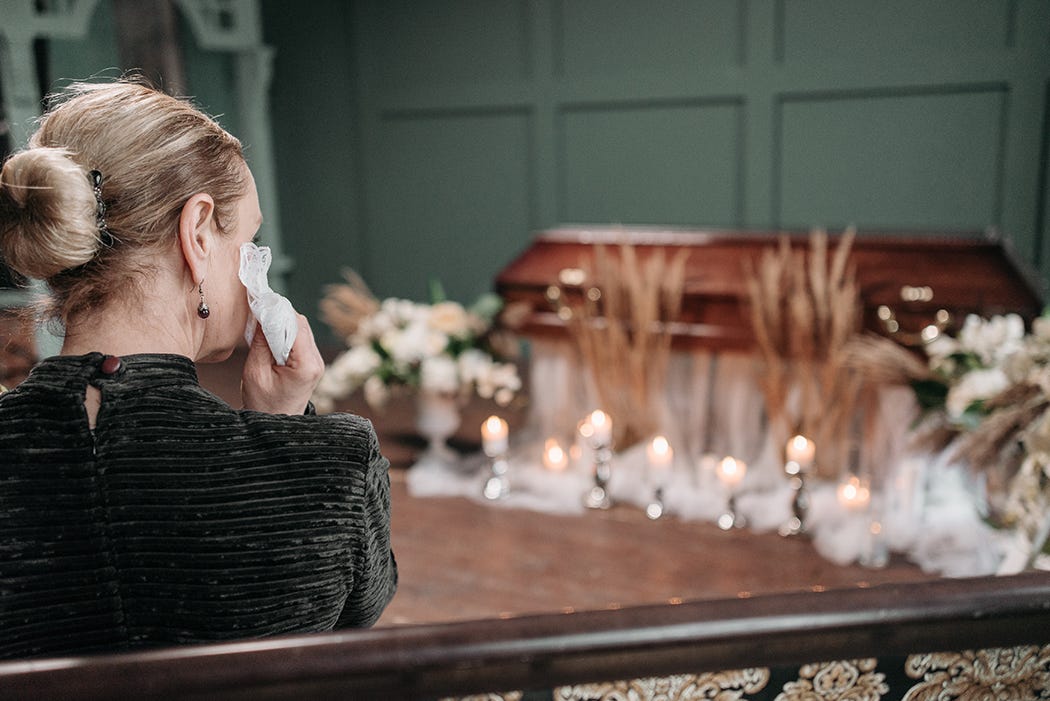The Glass Beneath Our Feet
A Reflection on My First Encounter with Human Death
Posted on Jan 25, 2016 (last modified Aug 5, 2021)

Photo by Pavel Danilyuk from Pexels
I was barely six when I saw a person dead for the first time, but dead bodies had been common in my boyish imagination up to that day.
I imagined them mostly around water — on the banks of creeks, half buried in mud, and with all the color drowned from their milky-white eyes. I imagined them in piles of garbage — a severed limb protruding accidentally from a suspicious trash bag. If they’d been sitting out long enough, they were surrounded by flies. Sometimes, they had determined columns of ants lapping up the last of the salty water from the edges of their eyelids or from the corners of the their gaping mouths. This was all my big sister’s fault.
Fishing off a dock, in the long hours of a lazy summer day, she’d suddenly break the silence.
“What if you saw something kind of pale and whitish just sort of floating up from the bottom of the lake right here under our feet?” she would say. “And as it got closer and closer, you suddenly realized it was a dead body?”
“Of a lady,” I would add. “A naked lady.”
Then there would be silence again as we both imagined this gruesome scene. And on the way home, or the next day, and generally on just about every other day, my sister would point to a shack, or toward the dark shadows of an alley, or to a gutter, or just about any place that made a good frame for the dead and she’d ask it again, “What if…?”
One long summer of this game had left me with a morbid curiosity to see it for real. So, when my mother invited my sister and I to go alone into the viewing room to see our aunt, Debbie, before they closed her coffin, we accepted.
“I dare you to touch her,” my sister said.
Why not? Her body was nothing like the ones I’d seen in scary movies. Her eyes and mouth were closed. No ants. No flies. No maggots. I was relieved. I reached over and I touched her on the nose and then jerked my hand back in a shock. My sister’s eyes got wide as she waited eagerly for my report.
“She’s cold,” I whispered, “She doesn’t feel real.”
My aunt’s body wasn’t warm. It didn’t seem soft anymore. Her mouth was rigid. They’d dolled her up with colors and dressed her for church. She didn’t feel right and I couldn’t shake the eerie draft that seemed to be washing down my skin like cold gray dishwater. There it was finally — a real dead person.
In the days that followed, we didn’t play our morbid games so much any more. We imagined the dead less often; the fascination had gone. Or, at least, we didn’t share what we imagined so much anymore. We’d began to fathom something new about our own mortality.
Fishing off the dock again, in the long hours at the end of that summer, I looked at our reflection in the water beneath us and, in quiet contemplation, I watched the first cool breeze of the coming fall break the glass beneath our feet.